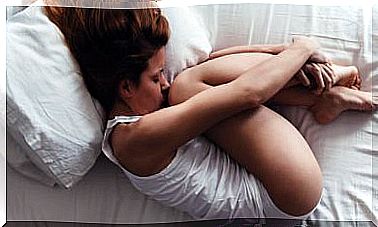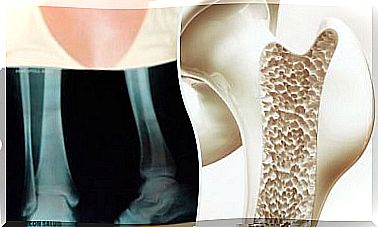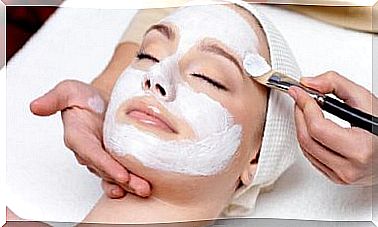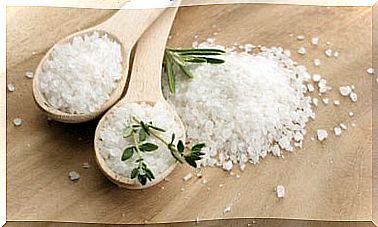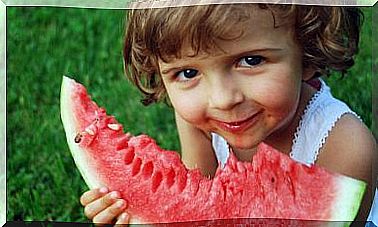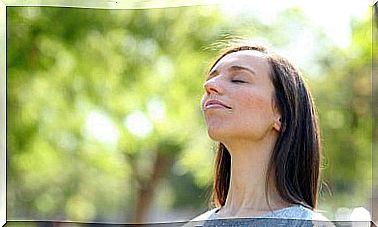Permanent Straightening: Advantages And Disadvantages
Permanent straightening, also called “permanent straightening”, is a technique used to totally or partially eliminate the natural wave of frizzy or curly hair . In general, chemicals and high temperature elements are used to achieve a perfect smooth.
Today there is a wide variety of treatments that have this objective; however, they do not all work the same, nor do they have the same properties. Next, we show you the types of straightening, their advantages and the potential damage they can cause to the hair.
How do hair straightening treatments work?
To carry out any permanent straightening method you need a chemical solution, a neutralizer, heat and a comb. In general, all techniques work the same.
- The chemical solution is applied to the hair. What this does is change the way in which the proteins of the hair are configured. That is, its structure.
- Next, the neutralizer is applied so that the hair stays in its new shape and leaves the new bonds between the protein molecules.
It is a slow process, but it works. The solutions may have strong odors and the hairdresser may suggest not to moisten the hair after the procedure, or to avoid situations that cause sweat.
Types of hair straightening treatment
For decades, women have sought various methods to straighten their hair. However, it was from the 80s when the trend of using treatments for this purpose began. At first, the products used were based on formaldehyde or formaldehyde.
This composition was discontinued in the 90s and gave way to the application of healthier products. Thus, different varieties are known today, with different results. Some last for months, while others just weeks or days. What are the most popular?
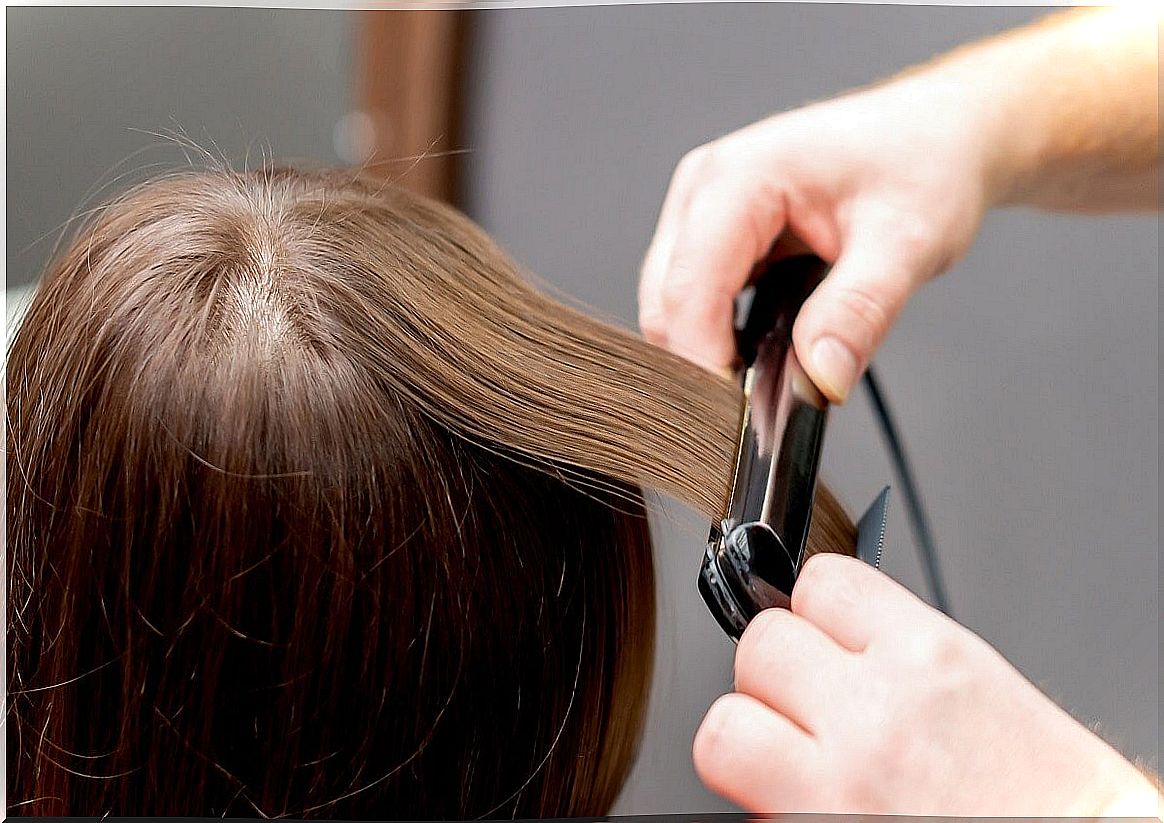
Brazilian straightening or keratin
This type of straightening is one of the best known. Its main ingredient is keratin, whose application is responsible for filling the gaps in the hair strand. It goes without saying that keratin is a protein that is present in hair, skin, and nails.
The treatment is valid for all types of hair. It stands out for leaving hair shiny and for being relatively inexpensive. However, abusing it can cause serious damage to the hair strands and roots.
Japanese straightening
Japanese straightening consists of applying a chemical called “ammonium thioglycollate”, a type of ammonia with low toxicity. This treatment is a bit more aggressive, although the procedure is similar to keratin. In any case, it is recommended to be carried out by professionals.
- To begin, a pre-straightening cream is applied, rinsed and the hair is ironed.
- Then a definitive smoothing cream is applied and washed with a special shampoo.
- The final step is drying.
Chemical straightening or rebonding
The natural molecules that are broken during this treatment are called ‘bonds’. That break makes the hair weaker and straighter. In this way, it is easier to straighten and the appropriate products can be applied so as not to damage the strands.
The procedure is similar to the previous methods. The only difference is the product used to break down the natural molecules in curly hair. There are also temporary treatments to straighten the hair, which are the iron and the dryer.
Taninoplasty
It is a natural treatment derived from a compound called tannin, a vegetable polyphenol obtained from the skin of grapes, oak and chestnut . Its use allows to obtain a perfect straightening, ideal for controlling and shaping the mane.
- It is made by washing the hair with a special sulfate-free shampoo.
- Next, the hair is dried and the product is applied strand by strand, giving light massages.
- Leave it to act for 40 minutes, wash it with plenty of water to seal the product and activate the tannin.
- To finish, the hair is ironed and a moisturizing mask is applied.
Moroccan or Moroccan straightening
The procedure uses the technique of breaking down the natural molecules of curly hair by means of chemicals, but with a product based on clays and chocolates called “marroquina”, which is used after the treatment. This formula is composed of amino acids, white clay, silicone emulsions and cocoa oil.
- To apply it, you have to wash your hair with a neutral shampoo. This allows the cuticles to open to absorb the straightening product.
- Then, it is allowed to dry and the strands begin to separate.
- That’s when the product is applied, from root to tip, with a fine comb.
- It should be left for 15 minutes on the hair and pass the ceramic iron at 180 ºC.
Advantages of permanent straightening treatments
Each permanent straightening treatment has different advantages over the others. However, they all have the ability to straighten and nourish hair at the same time. Keratin, for example, is capable of repairing damaged hair. In addition, it increases shine and smoothness.
Meanwhile, Moroccan straightening uses a product that nourishes the roots of the hair, and that is chemical free, unlike others such as rebonding or Japanese straightening. The Japanese has the advantage that the effect lasts longer, since it can be between 6 and 12 months. In addition, it is waterproof and resistant to any weather condition.
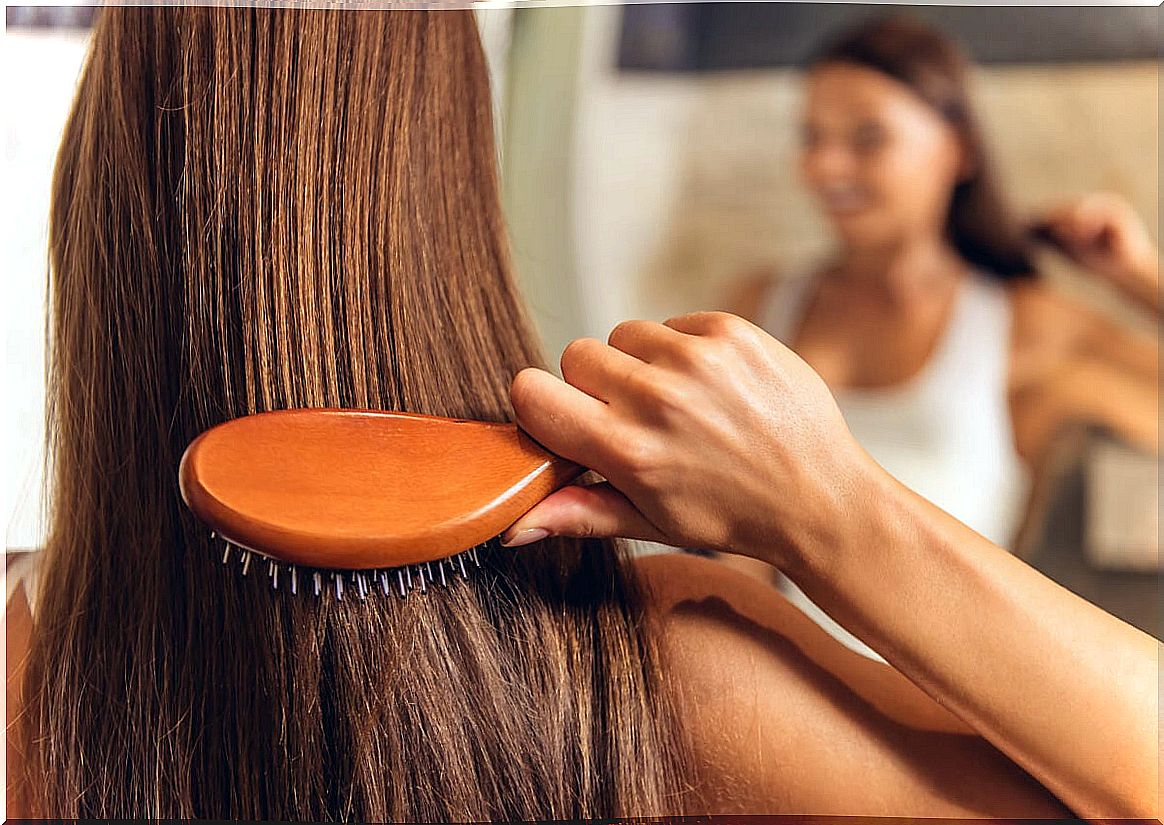
Disadvantages of permanent straightening treatments
Among the main disadvantages is the presence of formaldehyde in some treatments. Formalin is a colorless liquid with a strong odor, which is present in small amounts in various products of everyday life, such as paper, cosmetics and cleaning supplies.
When present at levels that exceed 0.1 parts per million, some people may have symptoms such as the following:
- Crying eyes.
- Burning sensation in the eyes, nose and throat.
- Coughing and wheezing
- Sickness.
- Irritation of the skin.
It is even classified as carcinogenic and, therefore, it is recommended to verify that the products do not contain it. Another disadvantage is the treatment time, which ranges from 3 to 4 hours. In addition, it is necessary to pay a good sum of money for the professional to do it.
In any case, it is always convenient to inquire about it, since there are products that are aggressive, especially for weak hair. The esthetician can help you choose the best option, depending on the case.
